By David Pountain
With its relentlessly bleak visual palette and intensely troubling subject matter (namely murder and child molestation), it’s safe to say that upcoming Belgian crime drama The Treatment will not appeal to every taste. Nonetheless, the film is coming to the UK on a wave of good press, having been praised for its deft handling of tone in adapting Mo Hayder’s story of an unstable inspector hunting down a sadistic killer. Much of the credit goes to director Hans Herbots, whose gift for expressive imagery and slow-burning suspense prevents the story from descending into the territory of cheap exploitation. In his interview with FilmDoo, Hans explains the method and mentality behind his latest film.
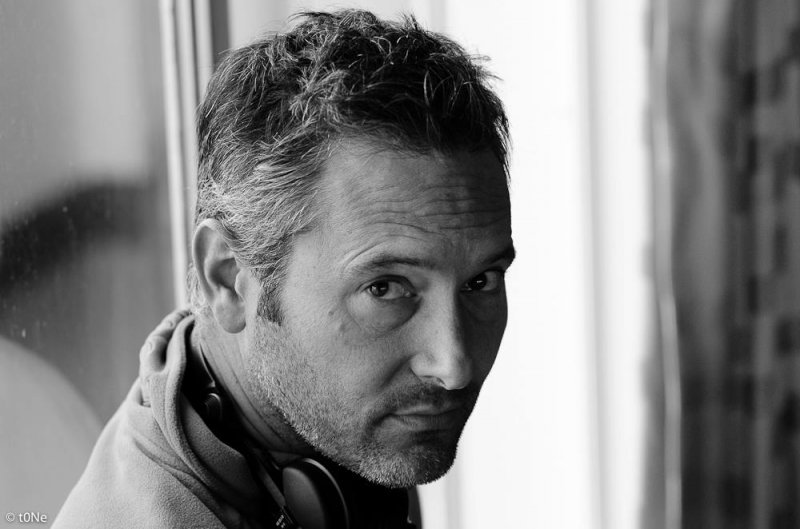
Would you say that this film signifies a change of direction creatively from your previous work?
No. As a director, I like to implement a strong visual style on a project in function of the story. I love to be involved in an early stage, to work together with the producer and a scriptwriter on the script, so that we all know exactly which story we want to tell and to make it as strong as possible. And I love to work with actors, to push them, to guide them, to comfort them – just to bring them to a place they might not have been before. All these elements came together in The Treatment, as they did in my previous work. However, you learn with each film or mini-series you make. You evolve as a filmmaker. So this film is the result of all my previous experiences.
What did you see in Mo Hayder’s novel that made you keen to adapt it?
I was shooting The Spiral in Copenhagen when I got a call from producer Peter Bouckaert. He and writer Carl Joos had been working on the project for quite some time and they were looking for the right director for the film. I read the script, starting in the evening, finishing somewhere in the middle of the night. I liked it a lot because it was a page turner and because I was attracted to Nick Cafmeyer, the main character, to the way that he struggles with what happened to him in the past and how he tried to live on without much success. How he tried to deal with that and what he had to do to be able to move on with his life. And also, one of the themes of the film is how abuse creates not only victims, but also new perpetrators. How it actually never stops. That is something I wanted people to think about as well. The screenplay is built around an ingenious plot and tackles themes that every one of us sooner or later has to face in life. It’s this hidden side to the story, concealed by the codes of the thriller genre that fascinated me. Nick’s attempts to mask his doubts and his struggles with demons from his past are matters that are particularly close to my heart.
How did you try to capture the tone of the story through the film’s visuals?
The Treatment is a dark story about a wandering soul, about good and evil. I tried to translate that visually to use the light between day and night: twilight. So we shot a lot at night, between 7pm and 10pm, when the sun is going down and darkness is coming. It gives the film an imminent tone, as if something is about to happen all the time. On top of that, I wanted a lot of strong visual elements in each frame: bridges, electricity poles etc. We shot the film in the summer but with a lot of clouds and even rain: that gives it its gloomy atmosphere. Almost like in the Deep South of the United States.
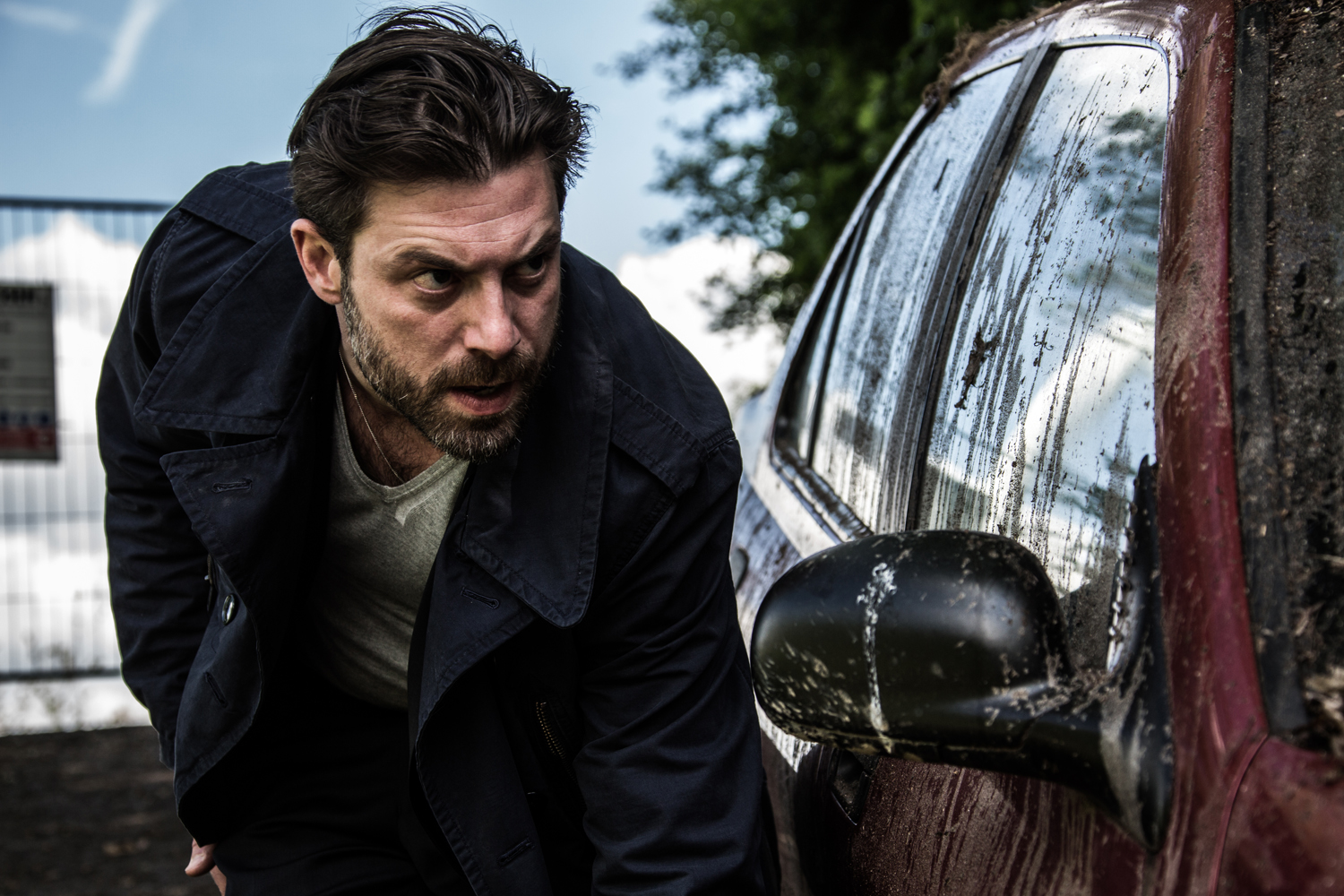
How would you say that your portrayal of child molestation differs from what we’ve seen before?
I tried to make the whole film as authentic as possible. And I wanted the audience to feel the same anger as Nick when he sees the tapes [of child pornography]. So I did not only want to suggest what he was seeing by only using sound but I wanted people to see a glimpse of it or give them at least an idea of what it looked like. To make them uncomfortable. I’ve made a film about a fifteen year old girl who chooses to go into escort prostitution before (Bo), so I knew how to create that kind of footage.
Do you consider this film to be part of the larger recent trend of internationally recognised European crime dramas?
I believe there is a ‘wave’ of European crime dramas since the Nordic countries started to deliver them a couple of years ago. The Treatment blends in with them, as it is suspenseful but also restrained in its emotions and its way of telling the story. It is very nice to see that audiences are opening up towards these kind of films. Because they are good: well made, entertaining, and they tell you some things as well.
Do you feel that American and British audiences are more open than they used to be to European thrillers?
I have the feeling that people are willing to look further now than they used to, yes. The excellent TV drama that comes out of Europe has influenced audiences to watch non-English drama and discover this new world. Which is great, of course!
Do you have any other projects currently in the works?
Currently, I am showrunning a crime-series for Eyeworks, Vermist, and I am preparing a new film as well. But I am very curious how The Treatment will be received in the UK as I love to work in a European context.
Watch The Treatment in cinemas from August 21st and on FilmDoo from September 14th! (UK & Ireland only)

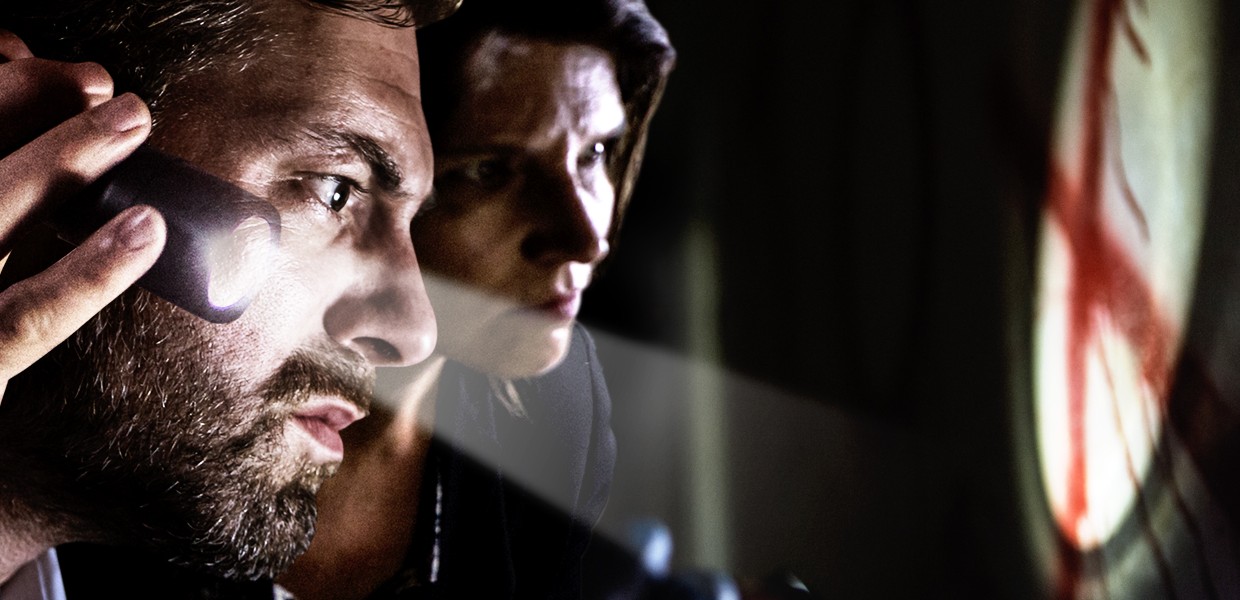
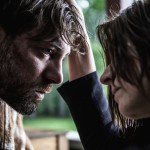

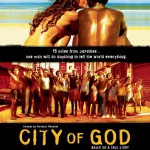
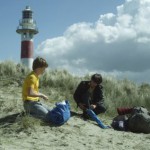
One thought on “INTERVIEW: HANS HERBOTS ON THE TREATMENT”